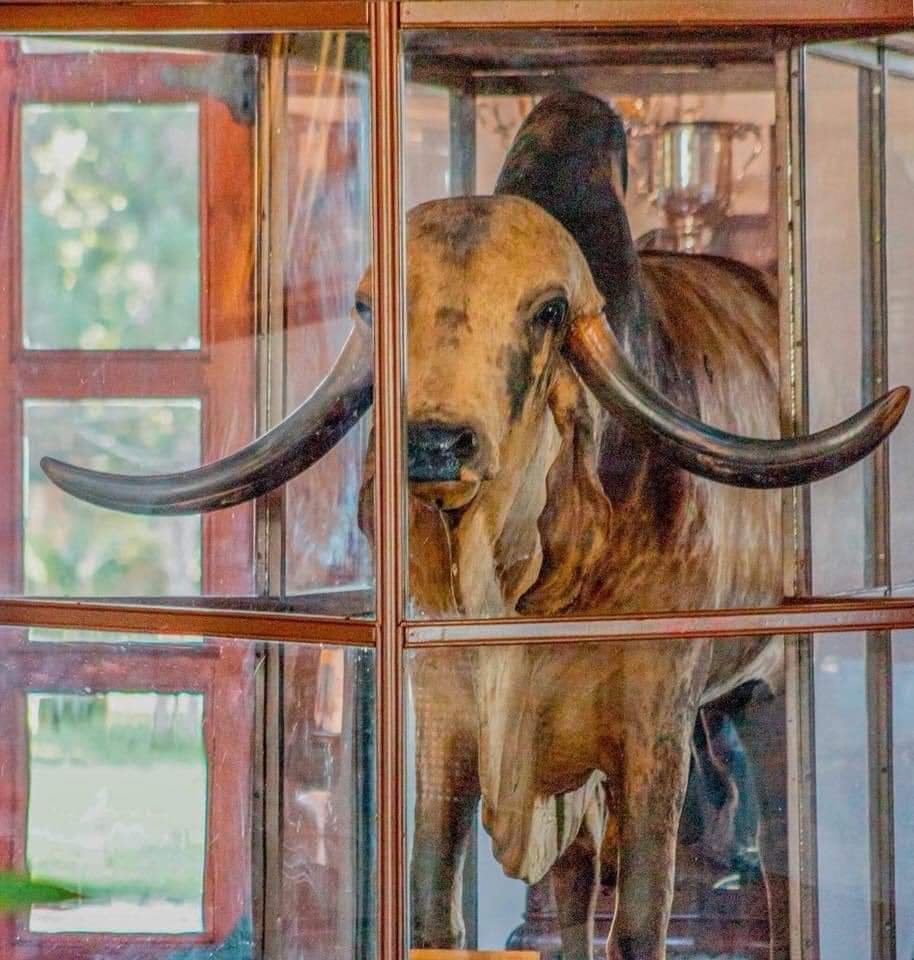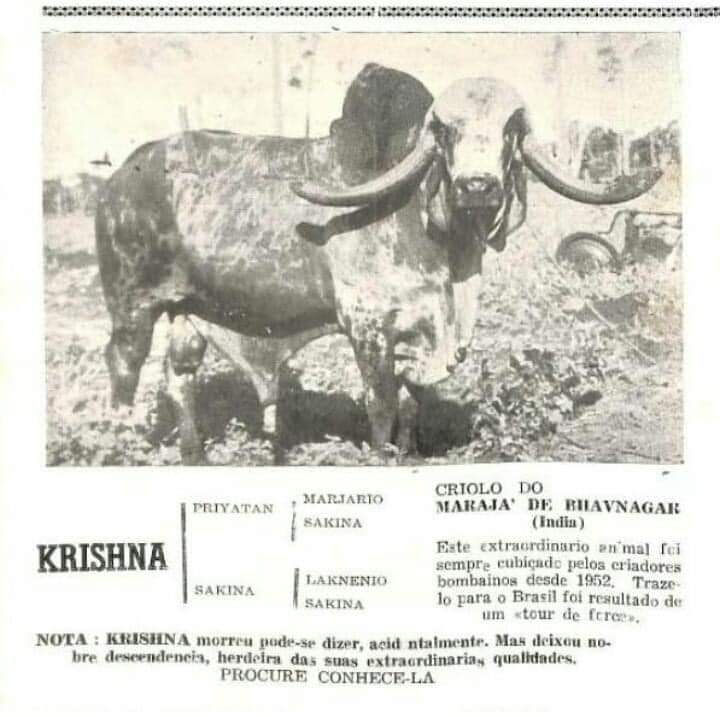THE KRISHNA AGE IN BRAZILIAN LIVESTOCK
In Hinduism, Krishna is one of the incarnations of Lord Vishnu, who is part of the Trinity Brahma and Vishnu and Shiva. (Some or many coincidences with Christianity. But Krishna lived many centuries before the birth of the son of Mary and Joseph there in Israel.)
If you asked me what is the time of Brazilian cattle raising, I would answer that we are living in the Krishna Era, and that it influences the entire planet.
The country that was discovered, in fact, in 1498, by the corners of the archipelago of Marajó and the state of Maranhão, our Brazil, today, has the largest area of the Terrestrial Globe suitable for agricultural and livestock production. Besides, of course, the most conserved.
Our livestock started to be implanted in 1534 with European cattle. After the entry of the Zebu into Brazil in 1813, a revolution was strengthened until the import of 193O, by Ravísio Lemos and Manoel de Oliveira (Nequinha) Prata.
But the dream of a Spaniard, who had “a heart transplant (without surgery) for Brazilians”, brought about a new revolution in livestock, an oxygenation.
That character, Celso Garcia Cid. He’s a “good, great crazy”. Yes, in the last 50s, he saw that it was time to bring new genetics from India.
Celso, whose first bovine love was with the Gir breed, fell in love at the unexpected sight of an animal with a photo of the same calf, named by Krishna and belonged to the Marajá of Bhavnagar, Shri Krishnakumarsingh Ji, in the state of Gujarat.
There were only four maharajas dedicated to the selection of the Gir breed from those corners: Junagadh, Bhavnagar, Jamnagar and Morvi.
So he, Seu Celso, and faithful friend, squire Ildefonso dos Santos, went to India to fetch Zebu. In 2019, when the Brazilian Zebu Breeders Association celebrated its 100th anniversary, it gave the descendants of Ildefonso the Merit of Livestock. Fair tribute to this great helper of the latest imports of live animals from India to Brazil (1960-1962).
Without Celso Garcia Cid having the financial condition for such and respected relationships in all political spheres (municipal, state and federal), without corruption, the aforementioned searches for Indian Zebu would not have happened. He was a “Brazilian Livestock Revolutionary”. People who were opposed to new imports from Zebu, after the first batch purchased by him there, changed their position and joined the last one, in 1962.
Very interesting were the situations that happened there in India. In one circumstance, the population was opposed to cattle coming to Brazil, as they thought that Brazilians would eat sacred cows and bulls. It was the father of Pradipsingh B. Raol (who became known as Pradip in Brazil), Bahadursinghj, who was like a “police delegate”, also a descendant of the same Marajá family previously mentioned, who appeased the fellow citizens by explaining that nobody would travel so much for take very thin animals to eat. Pradip was very young, and he wanted to come to Brazil. He was forced to marry before making the trip (Even his wife died recently, and he liked to have known Brazil.). He stayed for a year with the Garcia Cid family, welcomed as a family member, and learned a lot of what Zebu meant and means to us. Marajá, Pradip’s cousin, before he died, 1965, donated all his cattle to Garcia Cid. The last batch did not come because imports from India to Brazil were prohibited. In 1972, these animals and or descendants were donated to Pradip by Seu Celso’s heirs, wife and children; and are kept on the property there in Bhavnagar producing milk.
Then, the bull Krishna, symbolically, opened the door to the two imports that made a positive difference in Brazilian livestock because they were also strengthened with the use of artificial insemination, taking off in the 60s, and more the introduction of grasses and legumes in the pastures Brazilian companies. These are just some of the points, which also made the celebrated imports of zebu cattle to Brazil have strength. Not just genetics.
Without forgetting that buffaloes also came and two breeds of this species entered the buffalo beef and milk buffalo fortress: Murrah and Jafarabadi. Ah! Also interesting: Cangaiam and Punganur. And goats with big ears. This in the 1962 batch, which Mr. Celso had companions in the import, and many celebrate it as the most important event to date. And that simple clerk says no. For if there were not the whole set that was here, the new breeders and matrices, they would not have disseminated the genetics that matched well.
In addition, animals came that gave nothing that was worthwhile. This is part of the selection until today. It is not enough what the eyes see, but what the genes (invisible to the naked eye) say in the products that are born with the chosen matings.
The bull Krishna was, without a doubt, the love at first sight that triggered new weddings between Brazil and India, celebrated by Celso Garcia Cid, and that allowed the communion of others in an open ceremony for thousands of ranchers and in a cult that continues today, and makes our country the great breadbasket “where everything is planted, everything gives”, as recommended by Pero Vaz Caminha in the letter carried by Gaspar de Lemos to King Dom Manuel “O Venturoso”, hiding about the existence of Brazil for Spain, and he waited for the Tordesillas Treaty to be signed to send Pedro Álvares Cabral and an entourage to discover our Brazil.
 Source -Jose Otavio Lemose
Source -Jose Otavio Lemose


